Comparison of Woven fabric manufacturing in Vietnam and China, India
Data from the General Statistics Office, in the first 2 months of 2024, the textile and garment group in Vietnam reached 5,2 billion USD in export, up 15% over the same period last year, ranking 4th in the group of products with the highest turnover in the country (Data from Vietnam.vn). This result is achieved thanks to the situation in the world textile and garment consumer market gradually warming up from the end of 2023. At the same time, the domestic textile and garment business community is managing to find orders.
India also made progress in the textile industry when the revenue in the Apparel market in India is projected to reach US $105.50 bn in 2024. And it is anticipated to grow annually by 3.81% (CAGR 2024-2028).
One country with higher revenue than the last two countries is China. The Apparel market in China is projected to generate a revenue of US $328.40 bn in 2024. It is anticipated to experience an annual growth rate of 4.24% (CAGR 2024-2028). (Data from Statista)
So, the big question is: Which country should you choose when buying handmade clothes? Well, it all boils down to a few key things, such as clothes quality, price, each country’s unique vibe, etc.
So, as you can see, there’s a lot to think about when choosing where to buy handmade clothes. But don’t worry, we’re here to help. K-Embroidery is a children’s smocking clothes factory in Vietnam and we have many years experience in exporting clothes to strict countries like England, US, Japan, … So we are confident about our ability to solve your problem.
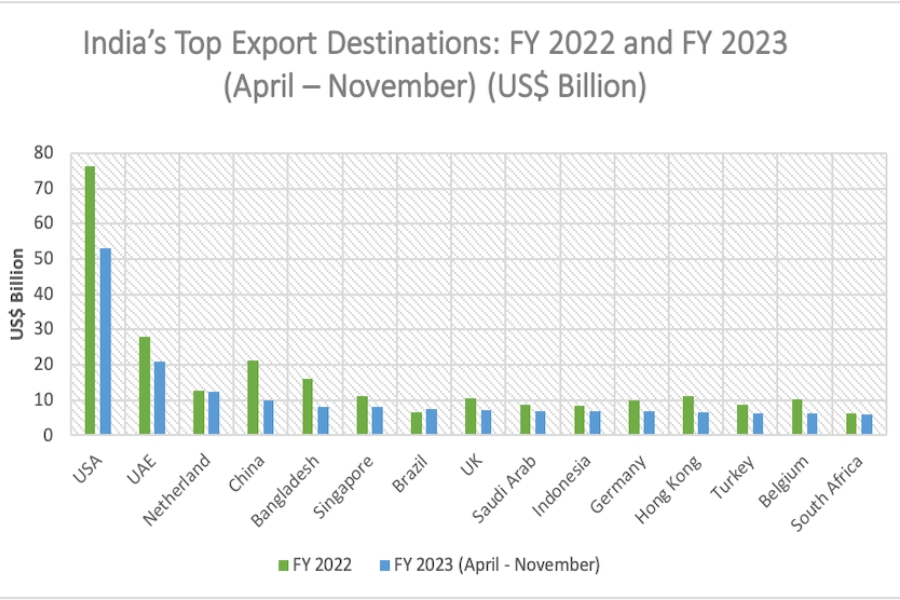
1. Review of woven fabric manufacturing in Vietnam
When it comes to handmade clothing, Vietnam stands out for its long tradition of crafting quality garments. The industry has boomed in recent years, drawing global attention for its skillful artisans and affordable prices.
What’s more, Vietnam is making strides in sustainability and fair labor practices, making it a solid choice for those who care about where their clothes come from. So, if you’re after stylish handmade pieces that won’t break the bank and come with a side of ethical values, Vietnam might just be your go-to destination.
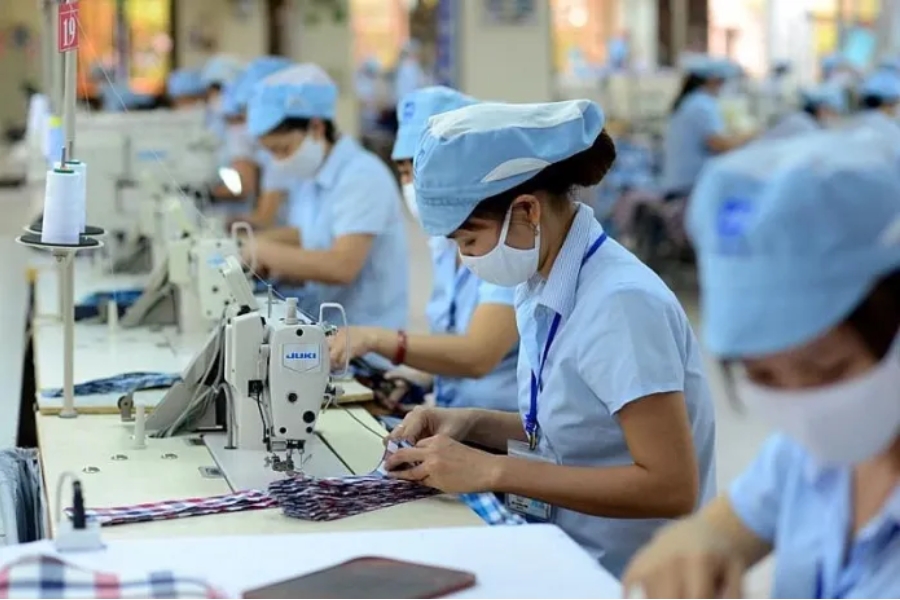
1.1. Quality of craftsmanship and materials
Vietnam is really good at making clothes by hand. In 1954, after peace was restored, the North was completely liberated and had the conditions for economic development to support the South to fight against imperialism and unify the country. During this period, Vietnam’s textile and garment industry received attention from the Party and Government to create favorable conditions for embroidery to develop.
Although history shows that Vietnam has only been developing a strong textile industry for 70 years, it is already among the top textile exporting countries in the world. And this makes wholesale buyers curious. “Is there anything special about the textile products here?” – they will be curious. And many wholesale buyers are willing to spend a large amount of money to book plane tickets to Vietnam just to see and feel the quality of fabrics and products in this emerging country. In addition, Vietnam is gradually trying to create environmentally friendly products, which is very important.
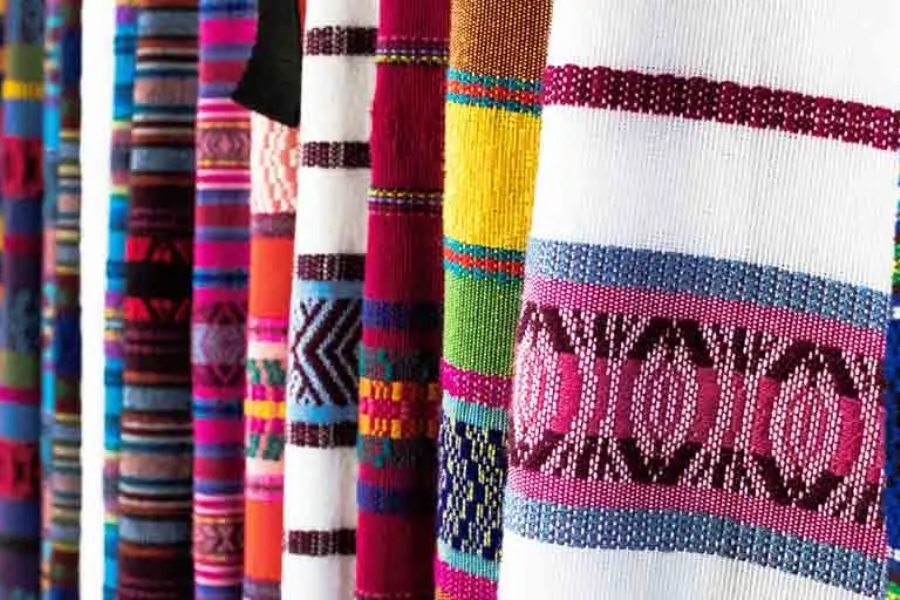
Read More: Your Guide to Choosing the Right Embroidery Thread Brands
1.2. Labor costs and working conditions
Vietnam is well-known for its very cheap labor costs, thereby reducing the production costs of factories and ultimately the final product will also be much cheaper than other parts of the world.
In Vietnam, there’s a growing awareness about treating these workers fairly. That means making sure they get paid a decent amount for the work they do and ensuring they have safe and healthy working conditions. Although labor costs are cheap, tailors are still guaranteed a safe and healthy working environment. Companies are starting to pay more attention to this, realizing that happy and well-treated workers make better products.

1.3. Unique cultural influences and traditional techniques
Vietnam’s vibrant culture is reflected in its handcrafted garments. Traditional skills have been preserved over generations, resulting in clothes with exceptional beauty and authenticity.
Intricate silk embroidery and delicate bamboo weaving showcase Vietnam’s heritage and artistry. The vivid colors and designs draw inspiration from nature, celebrations, and daily life, creating clothing that embodies the country’s cultural pride.
By wearing handmade garments from Vietnam, you not only acquire a stylish piece but also connect with the nation’s unique identity and the skilled artisans who crafted it.
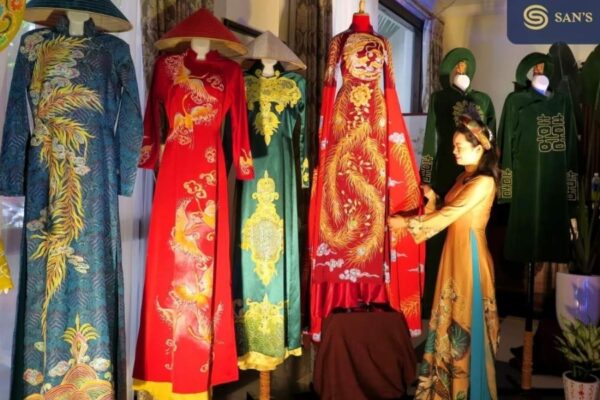
Read More: Types of Machine Embroidery: A Comprehensive Guide
1.4. Cost-effectiveness for American consumers
This may be the part that you care the most: Cost. When it comes to handmade clothing from Vietnam, there are several factors to consider in terms of cost-effectiveness for American consumers.
First, if you consider taking a flight from the US to Vietnam to see the factories and products firsthand, the travel cost will also cost you some money. Or if you order online, it will cost you less.
Many international customers have trusted and chosen K-Embroidery to import children’s smocking clothing products after careful research and discussion with us. If you are a seller of high quality children’s clothing looking to buy wholesale, you can contact our sales team at WhatsApp: +84 85 555 5961.
In terms of the price of garment products, handmade clothes from Vietnam often offer outstanding value for the money spent. Due to lower labor and manufacturing costs in Vietnam, these garments can be more affordable than similar items made in the US. Additionally, Vietnam’s favorable trade agreements with other countries could help reduce import tariffs further, making Vietnamese handmade clothing a cost-effective choice for American consumers.
Furthermore, in Vietnam there are many clothing options, from traditional ao dai to modern streetwear, meeting many different tastes and budgets. Whether shopping at local markets or online platforms, consumers can find quality handmade clothing at competitive prices.
1.5. List of Top 5 Vietnam Textile Suppliers and Clothing Exporters
The biggest Clothing exporters and textile suppliers in Vietnam according to the Vietnam textile exporters data
1.5.1. K-Embroidery – Trusted Vietnam Textile Supplier for Premium Handmade Apparel
K-Embroidery is a leading Vietnam Textile Supplier specializing in handcrafted and embroidered children’s clothing. With years of expertise in textile production and garment manufacturing, K-Embroidery provides high-quality fabrics and custom embroidery services that meet international boutique standards. The company is known for blending traditional Vietnamese craftsmanship with modern design, offering a wide selection of smocked dresses, baby rompers, and seasonal collections.
As a reliable Vietnam Textile Supplier, K-Embroidery ensures that every product is made with premium cotton and fine stitching, guaranteeing comfort and durability. The brand supports both small boutiques and large retailers with flexible wholesale options, low minimum order quantities, and global shipping. Whether you are sourcing fabrics, finished garments, or looking for a long-term manufacturing partner, K-Embroidery stands out as a symbol of quality, authenticity, and trusted Vietnamese craftsmanship.
1.5.2. Thanh Cong Textile Garment Investment Trading JSC
A vertically integrated company focusing on fabric production, dyeing, and finished garments.
Active Export Shipments: Approximately 500 annually.
Headquarters: Ho Chi Minh City, Vietnam
VNCOMMEX
1.5.3. Hoa Tho Textile & Garment Corp
Leading supplier of woven garments and workwear with a strong emphasis on sustainable practices.
Active Export Shipments: Around 400 annually.
Headquarters: Da Nang, Vietnam
1.5.4. TNG Investment & Trading
Specializes in knitwear and high-quality garments for European and North American markets.
Active Export Shipments: About 300 annually.
Headquarters: Thai Nguyen, Vietnam
1.5.5. Vinatex (Vietnam National Textile & Garment Group)
The largest textile group in Vietnam, Vinatex specializes in yarns, fabrics, and finished garments, catering to global markets.
Active Export Shipments: Over 1,000 annually.
Headquarters: Hanoi, Vietnam
2. Review of woven fabric manufacturing in China
China and India are the two largest textile and garment producing countries in the world. The production capacity and output of China and India are unmatched by any other country. Although Vietnam has a certain position in Southeast Asia, when compared with China, Vietnam’s production capacity and output are not even as good as a province in China.
China’s garment industry is famous for its vast scale and diverse products, ranging from mass production to artisanal craftsmanship. With a long history of textile manufacturing, China boasts a robust infrastructure of factories and workshops serving both domestic and international markets. Combining traditional techniques with modern innovation, Chinese artisans create high-quality handmade clothing that reflects the country’s cultural heritage and technological prowess.
While the industry offers competitive prices and a wide variety of styles, consumers should also be mindful of ethical considerations surrounding mass production and labor.

Read More: A Comprehensive Guide to Buy Embroidery Designs
2.1. Quality and variety of handmade clothing available
Chinese artisans possess exceptional skills refined over centuries. The clothing industry in China showcases a blend of time-honored techniques and contemporary styles, resulting in garments that embody both cultural richness and modern elegance.
A hallmark of Chinese garments is the skillful integration of intricate embroidery and silk weaving, a testament to the country’s long history of craftsmanship.
Furthermore, Chinese clothing often mirrors the nation’s diverse cultures, with designs influenced by regional traditions and folklore. The vibrant hues and distinctive patterns incorporated into each piece add layers of meaning and depth, transforming Chinese garments into not just apparel but wearable works of art that narrate tales of heritage and progress.
However, the Chinese fast fashion industry follows two global textile trends: overproduction and waste. In an attempt to keep up with trends, brands produce cheap clothing very quickly. Because of this, many clothing pieces go out of style quickly shortly after being made.
Fast fashion trend in China is concerning
2.2. Labor conditions and environmental concerns in Chinese garment factories
This has been a topic of worldwide concern.
While China’s garment industry is known for its efficiency and scale, reports have highlighted issues such as long working hours, low wages, and inadequate safety standards in some factories. Concerns about worker exploitation, including child labor and forced labor, have also been raised, prompting calls for greater transparency and accountability within the industry.
Additionally, environmental sustainability practices in Chinese garment factories have been questioned, with concerns about pollution and resource depletion. These ethical considerations underscore the importance of responsible sourcing and consumer awareness when purchasing garments from China.
Instead of repurposing the unused clothing or disposing of it responsibly, “companies throw away or incinerate large quantities of wearable clothing every year” (Borgen 2020). In fact, it was found that “Chinese companies and consumers discard approximately 26 million metric tons of clothing each year” (Borgen 2020). (According to data from Nicole Gallina wrote on LinkedIn – Associate Underwriter at QBE North America)
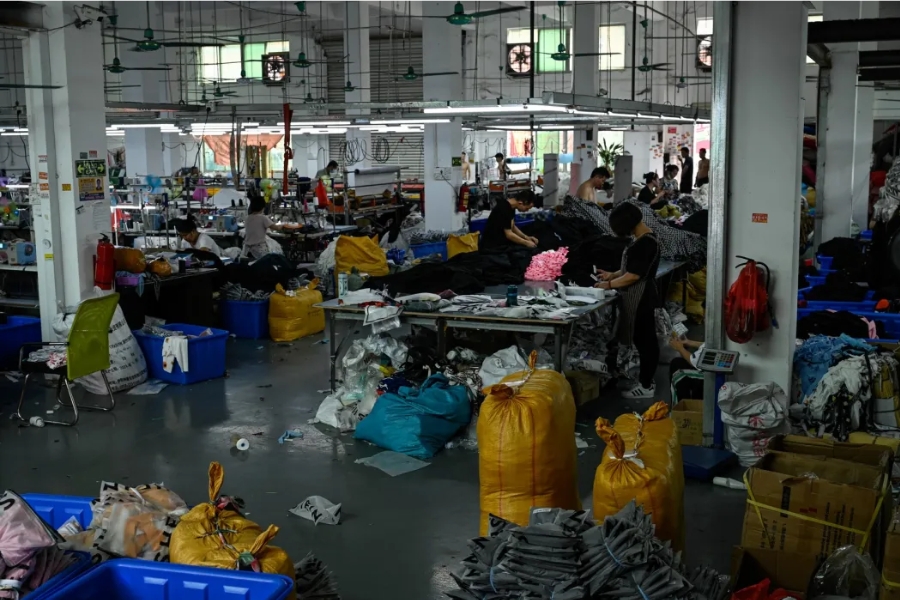
2.3. Cultural and design influences
Chinese fashion draws heavily from the country’s long history and diverse culture. Classic outfits like the qipao and hanfu inspire modern designs that combine old-world elegance with current trends. Intricate patterns and symbols from Chinese myths, nature, and history decorate garments, preserving centuries of artistic tradition.
Different regions of China also influence design. Each province has its own textile methods, colors, and embroidery. Cantonese garments from Guangdong are known for their vibrant colors, while Suzhou brocades are delicate and intricately patterned.
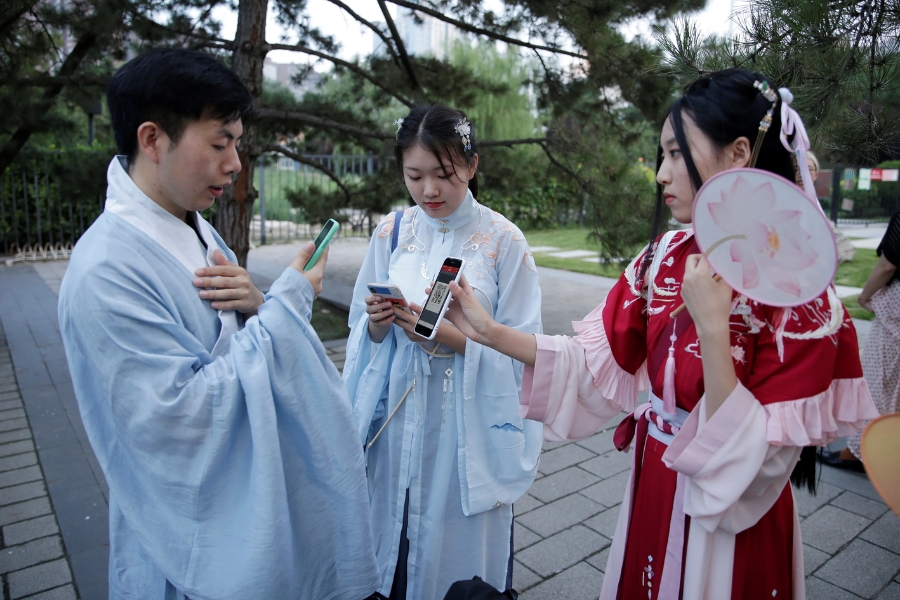
2.4. Outstanding characteristics of China compared to Vietnam and India
China’s advantage is the entire industrial chain, complete equipment and all types and levels. For example, garment factories in Zhejiang need fabric from Keqiao, accessories from Yiwu, equipment maintenance in Taizhou, design and ordering from Hangzhou, Shanghai. All are delivered overnight within 4 hours of traffic.
Looking around the world, such a complete set is unbelievable and stands out compared to the other two countries.
2.5. Pricing and accessibility for American consumers
The price and accessibility of Chinese handmade clothing to American consumers varies depending on factors such as brand, quality, and distribution channels.
While some high-end designer brands may offer luxury handmade garments at high prices, there are also more affordable options available through various retail channels and online marketplaces.
However, a minus point is the ongoing conflicts between the US and China. American importers are working to rely less on China. While China is still the main supplier of textiles to the US, its share of the market has fallen to a low of only 17.9%. And since the US has now imposed a high tariff on Chinese products, the textile and garment partner is finding it difficult to enter the US market.

Read More: Summary of 20 International Textile Standards in the Apparel Industry
2.6. Top 5 Textile Manufacturers in China: Industry Leaders
2.6.1. Shenzhou International Group Holdings
Shenzhou International is China’s largest vertically integrated knitwear manufacturer, founded in 1990. It specializes in high-quality knitted apparel for global brands like Nike and Uniqlo, employing over 80,000 workers across facilities in China, Vietnam, and Cambodia. Known for quick turnaround times and sustainability, Shenzhou’s commitment to innovation has made it a preferred supplier for top athletic brands.
2.6.2. Texhong Textile Group
Established in 1997, Texhong Textile Group is one of the world’s largest cotton textile manufacturers, with facilities in China, Vietnam, and Turkey. It specializes in yarns and fabrics, investing in R&D to stay ahead of trends. Known for its core-spun yarn technology, Texhong focuses on sustainability and technological advancement.
2.6.3. Luthai Textile Co., Ltd.
Founded in 1954, Luthai Textile is a leader in high-end yarn-dyed fabrics and shirts. They manage operations from cotton cultivation to garment production, renowned for premium shirting fabrics. With eco-friendly practices and a strong R&D center, Luthai meets market demands for quality and innovation.
2.6.4. Jiangsu Hengli Group
Jiangsu Hengli, founded in 1994, is a diversified conglomerate producing polyester fibers, yarns, and fabrics. Their vertical integration allows for better quality control and sustainability through recycling initiatives. Hengli’s advanced technology positions it as a significant player across various industries.
2.6.5. Shandong Ruyi Technology Group
Founded in 1972, Shandong Ruyi has transitioned into a fashion powerhouse, producing wool, cotton, and chemical fibers. Known for high-quality wool fabrics, Ruyi focuses on high-end markets and sustainable practices, despite recent financial challenges.
3. Review of woven fabric manufacturing in India
India is competing with China to become the world’s largest textile producer.
The domestic textile industry in India contributes approx. 2.3% to the country’s GDP, 13% to industrial production and 12% to exports. India accounts for 4% of the global trade in textiles and garments.
India is one of the world’s largest producers of cotton and jute. India is also the second largest silk producer in the world and 95% of the world’s handwoven fabrics come from India. Total textile exports are expected to reach USD 65 billion by FY26 and are expected to grow at a 10% CAGR from 2019-20 to reach USD 190 billion by 2025-26. (According to data from Invest India)
The textile industry in India is the second largest employer in the country, providing direct employment to 45 million people and 100 million people in related industries.
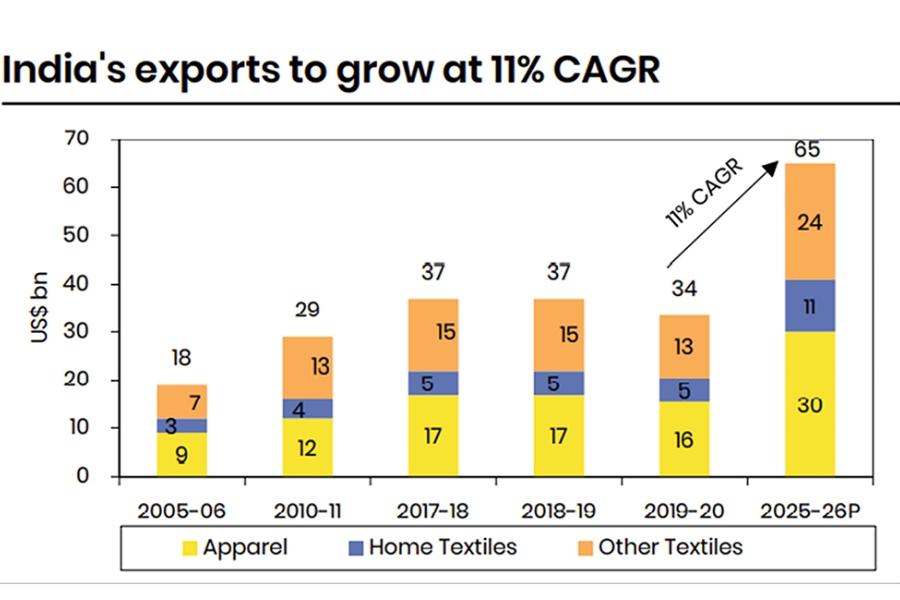
3.1. Diversity of handmade textiles and techniques
India’s garment industry is special because of its huge variety of handmade fabrics and methods.
Different parts of India have their own unique cultures, which have led to a wide range of traditional ways of making textiles, like hand-weaving, block-printing, tie-dyeing, and fancy embroidery like zardozi and kantha. These methods have been used for a long time, which shows how rich India’s heritage and skills are.
From the bright colors of Rajasthan’s Bandhani to the fine weaves of Tamil Nadu’s Kanchipuram silk, each fabric is a work of art that represents old customs and traditions. All these different styles of fabric come together to create India’s own cultural style, and shoppers have a lot of different high-quality handmade clothing to choose from.
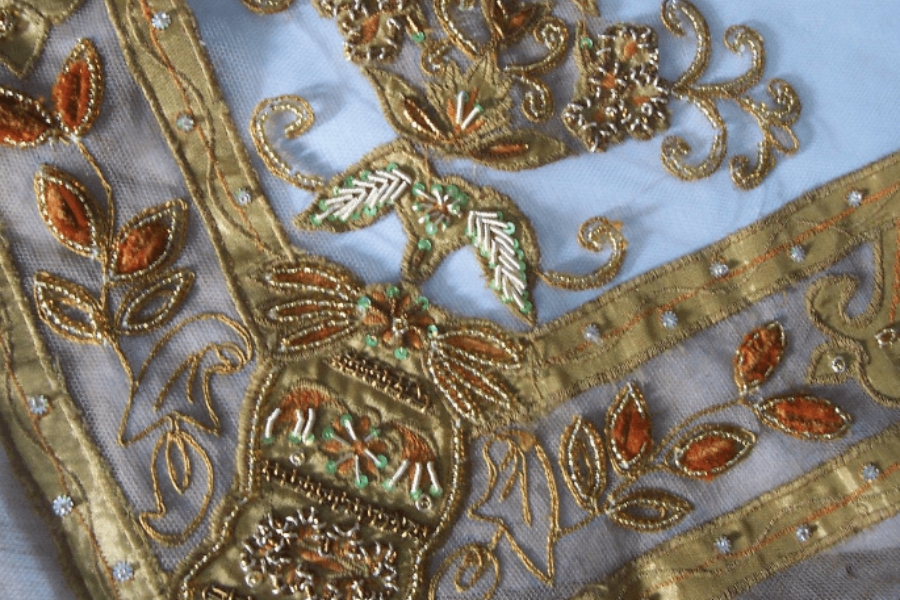
3.2. Labor rights and fair trade initiatives
In India’s garment industry, labor rights and fair trade initiatives are paramount concerns.
Various organizations and initiatives work to ensure that garment workers are treated ethically and receive fair wages and safe working conditions. These efforts include advocating for the implementation and enforcement of labor laws, providing education and training programs for workers, and promoting fair trade practices that prioritize the well-being of artisans and their communities.
Fair trade certifications such as Fair Trade Certified and Global Organic Textile Standard (GOTS) are increasingly sought after, indicating that the products have been produced ethically and sustainably. Overall, these initiatives aim to empower garment workers and promote a more equitable and sustainable garment industry in India.
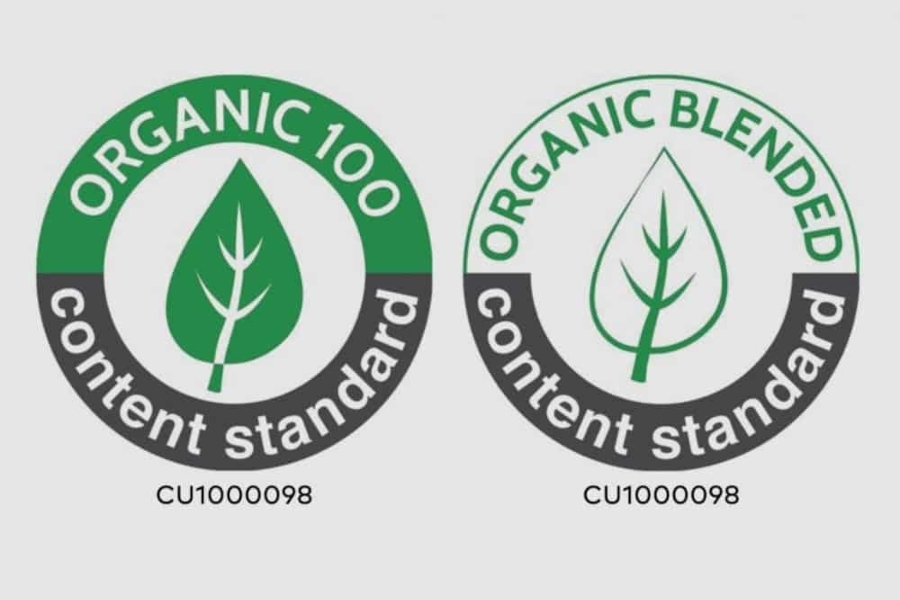
3.3. Market competitiveness and affordability for American consumers
According to a report, US restrictions on some textile imports from Xinjiang in China may bring significant benefits to Indian textile exporters.
The study suggests that this development will be advantageous for textile exporters in India.
“In recent years, Vietnam and Bangladesh have been the primary beneficiaries of the US shift away from China, and India is also poised to benefit from any emerging market opportunities due to its strong presence in cotton-based apparel manufacturing,” said a professor.
That’s why American buyers can feel secure when choosing their textile and garment purchase destination in India by benefiting from US restrictions on China.

Read More: Top 8 embroidery companies in India 2025: Good price, reputable, high quality
4. Comparison of woven fabric manufacturing in Vietnam and China, India
Here is a table summarizing the main ideas above and will give you the best overview to make your final choice.
| Aspect | Vietnam | China | India |
| Clothing quality, ethics, and environmental impact | Considered moderately good, with growing attention to sustainability practices | Varied, with negative concerns about labor conditions and environmental impact | Generally positive, with emphasis on fair trade and sustainability |
| Unique selling points | Reflects its rich cultural heritage yet is modern enough to meet international needs | Fast fashion, combines ancient traditions with modern innovation | Showcases diverse regional influences and traditional techniques |
| Affordability and accessibility for US consumers | Offers competitive prices and accessible options for consumers | Prices vary, some products are available at affordable prices
Chinese textiles and garments are restricted from being exported to the US |
Affordability varies, but the diverse options are still relatively inexpensive compared to the international market |
| Recommendation for American customers | Suitable for American consumers who want high quality products at competitive prices and easy shipping without time pressure | Suitable for customers who love fast fashion, need to import goods quickly, of high quality and do not care about shipping costs due to US government restrictions. | Suitable for US consumers who appreciate intricately crafted handmade products that are rich in cultural heritage. |
5. Final Thought
In conclusion, our comparative analysis highlights the distinct strengths and considerations associated with handmade clothing from Vietnam, China, and India.
For US consumers, this comparative analysis provides valuable insights in making decisions when purchasing handmade clothing. With considerations ranging from quality to culture to cost, American consumers have countless options to explore. Whether you prioritize sustainability, tradition or affordability, diverse offerings from Vietnam, China and India can satisfy your preferences.
By carefully evaluating these factors, U.S. consumers can make choices that not only suit their personal style but are also cost-effective for their business.
Contact K-Embroidery manager to buy high quality, cute and safe hand-sewn products for children via WhatsApp: +84855555961 to get the best price and order now!
Contact:
- Address: 5th Floor, Building No. 169 Nguyen Ngoc Vu, Cau Giay District, Hanoi
- Hotline: +84855555961
- Website: https://k-embroidery.com/
- WhatsApp: +84855555961


